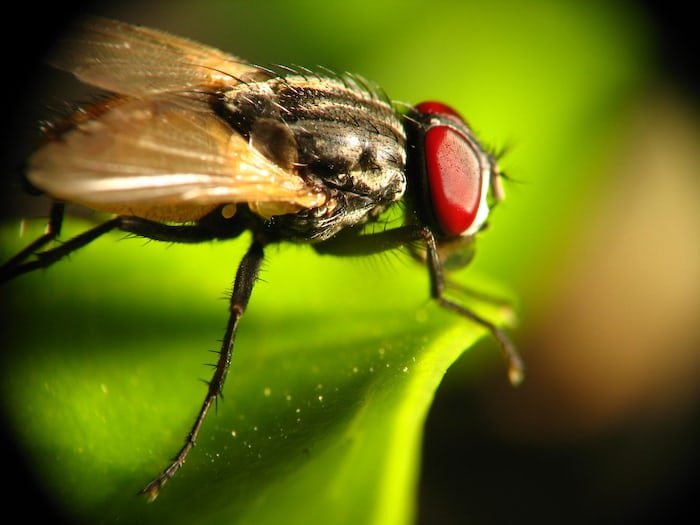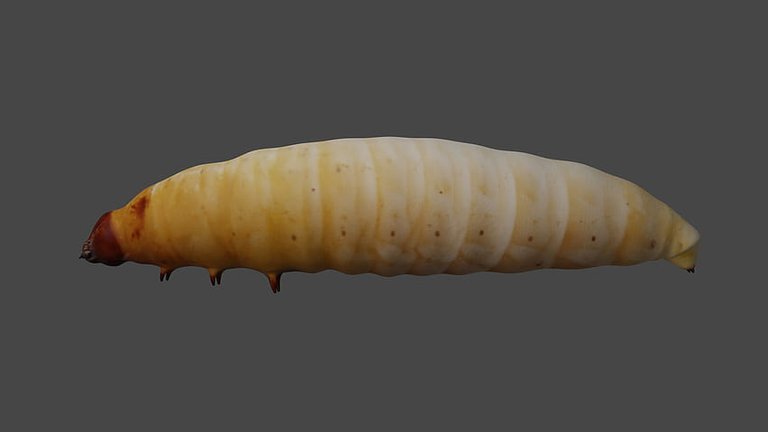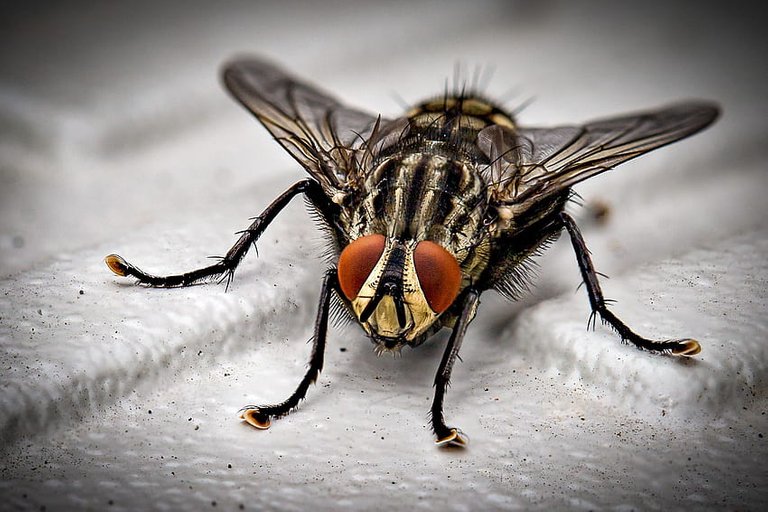The Fascinating Life Cycle of a House Fly
Introduction:

Although butterflies might enchant us with their elegance, house flies are typically regarded as nuisances. However, comprehending the life cycle of a house fly showcases the unbelievable adaptability and durability of these insects. From larva to pupa, and finally to mature fly, the life cycle of a house fly is an engrossing voyage. In this post, we will probe into the diverse phases of a house fly’s life cycle, underscoring their distinctive attributes and the essential part they perform in nature.

Stage 1: Egg
The period of existence of a domesticated insect initiates when the female places her offspring. Residential winged insects are enticed to deteriorating natural materials, for example refuse, creature droppings, or compost accumulations, where they frequently store their eggs. Each female insect can place hundreds of eggs during her ephemeral life expectancy. The eggs are miniscule, oval-molded, and commonly pale in shading. They bring forth inside hours, prompting the following period of the life cycle.

Stage 2: Larva (Maggot)

Post-shelling, the domicile insect offspring, popularly termed maggots, come forth. These appendageless, vermiform beings have malleable forms and a defined cranial locality. The offspring are rapacious diners, nourishing on decaying substances and organic refuse. They enact an consequential ecological capacity by degrading organic element and assisting in decomposition. As maggots enlarge, they cast off their integument manifold times in a progression designated molting. This sanctions them to accommodate their swelling dimensions and proceed their maturation.

Stage 3: Pupa
The developing insects continue maturation sequestered in a sheltering enclosure. Encased within this casing, a striking change transpires as the grub's anatomy restructures and evolves into a mature insect.

Stage 4: Adult Fly

A period of maturation completes, the grown house fly comes out from the pupa encasement. At first, its figure is delicate and light, but it rapidly strengthens and dims as it connects with air. The mature fly has a thin build, big composite eyes, and a pair of wings. Dissimilar from the larvae, which depend on consuming decaying material, mature house flies primarily nourish on liquid victuals origins, like nectar or other sugary substances. They have absorbing mouthparts, which they exercise to lap up liquids.
The period of existence for mature domestic Musca typically spans fourteen to thirty sunsets. In this duration, their primary concentration is foraging for nourishment, breeding, and perpetuating the generational sequence. Copulation transpires shortly subsequent to emergence, and the female insect searches for optimal positions to deposit her ova, habitually approximate to an alimentary origin. The recurrance then duplicates, with the ova hatching into larvae, and the progression endures.

Conclusion:
The journey of a house fly, from egg to larva and at last mature, exhibits their extraordinary versatility and natural importance. Despite regularly being viewed as irritations because of their relationship with unhygienic conditions, house flies assume a vital part in nature's waste administration framework. They help in the decay procedure, separating natural issue and restoring supplements to the environment. Seeing the life cycle of a house fly gives knowledge into their versatility and capacity to adjust as they explore different living spaces. While it is essential to oversee populaces of house flies in specific settings, valuing their part in the regular world can help us build up more feasible and viable irritation control techniques.
Their life span is unique when we look it from the angle of their self destruction when they want to give birth